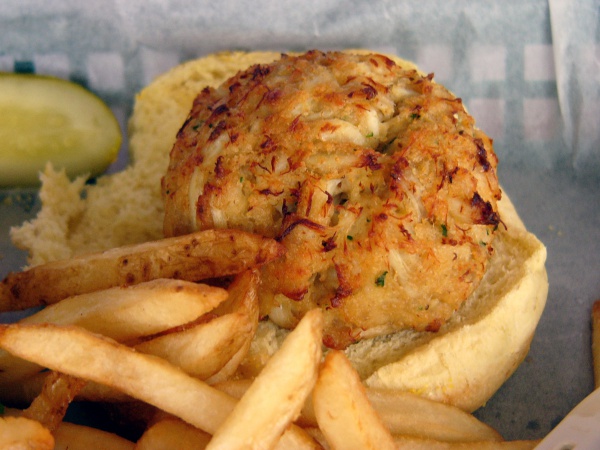Facts About Crab cake
Crab cakes are a cherished dish in the United States, particularly in regions surrounding the Chesapeake Bay, such as Maryland and Virginia. These delectable treats are crafted from crab meat blended with ingredients like bread crumbs, mayonnaise, mustard, eggs, and a variety of seasonings. They can be cooked in several ways, including sautéing, baking, grilling, deep frying, or broiling.
Traditionally, blue crab is the preferred choice for making crab cakes due to its exceptional flavor. However, in areas like the Pacific Northwest and Northern California, Dungeness crab is commonly used.
Crab cakes are especially popular along the Mid-Atlantic and South Atlantic coasts, where the crabbing industry is prominent. They are also enjoyed in New England, the Gulf Coast, the Pacific Northwest, and Northern California. Many restaurants label their crab cakes as "Maryland Crab Cake" or "Maryland-Style" to indicate the use of blue crab. However, some may use cheaper imported crab, such as the Blue Swimmer Crab from Asia, which may not adhere to the same sustainability standards as U.S. crab.
Crab cakes can be made without fillers, using all-lump crab meat, and they are typically served either on a platter or in a sandwich. Common accompaniments include sides like french fries, coleslaw, or salads. Popular condiments served with crab cakes include remoulade, tartar sauce, mustard, cocktail sauce, ketchup, and Worcestershire sauce.
Crab cakes come in various sizes, ranging from small, cookie-sized portions to those larger than a hamburger. Whether you prefer them fried or broiled, there's a crab cake out there to suit every taste.

 Canada
Canada